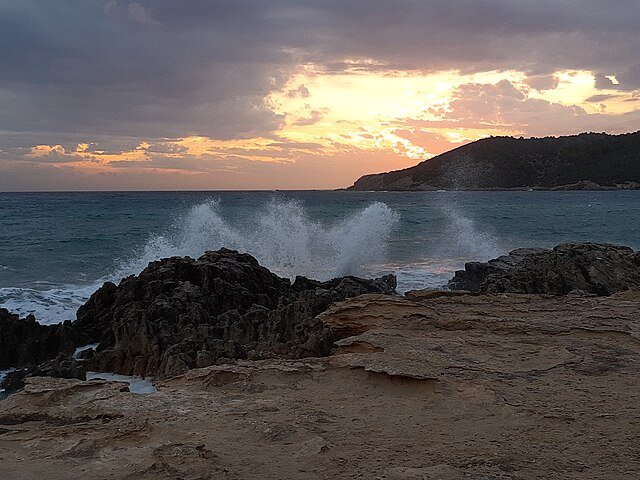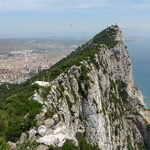Stroll along Budva’s sun-warmed coast, where the Adriatic sparkles like a jewel, and you might think you’ve stumbled into a dream. Music drifts from lively clubs, ancient stone walls whisper tales of old empires, and the air hums with the promise of a good time—all at a price that feels like a warm hug to your wallet. This Montenegrin seaside town is winning over travelers as a vibrant, budget-friendly alternative to Ibiza, Spain’s dazzling but costly party island. As Ibiza wrestles with packed beaches and sky-high tabs, Budva’s blend of stunning shores, historic charm, and pulsing nightlife is pulling in those craving a Mediterranean escape without the financial pinch.
Budva’s 21-kilometer Riviera coastline is a love letter to beachgoers, with 17 stretches of sand to choose from. Jaz Beach thrums with music festivals that get crowds dancing under the stars, while Mogren Beach, tucked beneath cliffs, offers a quiet nook for soaking in the sea’s turquoise glow. The Old Town is a living storybook, its medieval walls and winding lanes cradling treasures like the 7th-century Citadel and the Church of St. John, where candlelight flickers on stone. Come nightfall, Budva transforms into a party haven, with clubs like Top Hill spinning electronic beats until 5 a.m., rivaling Ibiza’s iconic scene. The difference? A frosty beer here costs €3, not €15, and a cozy room or apartment runs $50–$80 a night, compared to Ibiza’s $200-plus rates in summer.
“Budva’s got this electric mix of sun, history, and nights you don’t forget,” said Marina Jovanovic, who rents kayaks to visitors exploring the coast. “You can paddle to hidden coves, dance till dawn, and still afford a plate of fresh grilled fish.” Luka Petrovic, slinging €5 cocktails at a beachside joint called Caspar, flashes a smile. “People say it’s like Ibiza when it was still wild and free—fun without the price tag,” he said. A meal of local cevapi or Adriatic octopus costs $10–$12, while a single drink in Ibiza’s fancy clubs can hit €20.
Budva’s moment arrives as Ibiza buckles under its own fame. Last year, the Spanish island hosted over three million visitors, sparking local gripes about crowded shores and absurd costs—like €13 for a soda at some spots. Montenegro, meanwhile, saw a 15% surge in tourists in 2024, with Budva as the shining star, according to the national tourism board. Just a 30-minute drive from Tivat Airport, with budget flights from London or Berlin starting at $50, Budva is easy to reach. Its history, shaped by Venetian traders and Ottoman rulers, weaves a rich tapestry, with nearby art spaces blending modern creativity with the town’s ancient soul.
Travelers can’t stop gushing about Budva. “I danced at Top Hill, swam at Mogren, and got lost in the Old Town’s magic—all for less than one night out in Ibiza,” one visitor shared. Another raved, “The beaches are breathtaking, and I didn’t need to raid my savings to love it.” Tourism is Budva’s heartbeat, pouring an estimated €500 million into Montenegro’s economy in 2024. But locals like Ana Markovic, who sells handmade necklaces in the Old Town, feel a tug of worry. “I cherish the life tourists bring, but these new hotels are crowding our coast,” she said, eyeing construction cranes in the distance.
For travelers, Budva is a slice of paradise—beach parties, boat rides, and historic wanders on a shoestring. For Montenegro, it’s a lifeline, with tourism driving a quarter of the economy. But challenges loom. The visitor boom is taxing water supplies, and conservationists warn that Budva’s beaches and marine life could suffer without care. “We have to guard what makes this place home,” said Ivan Simic, a local environmentalist.
Looking ahead, Budva’s leaders are dreaming big but smart. They’re launching beach cleanups and capping new coastal projects. A 2026 festival will weave the town’s heritage into its nightlife, and officials are nudging visitors to come off-season to ease summer crowds. Questions linger about whether Budva can keep its small-town spirit as its star rises. For now, this Adriatic gem blends Ibiza’s thrill with Montenegro’s warmth, proving a Mediterranean adventure doesn’t need to cost a fortune.




















